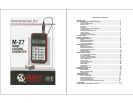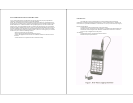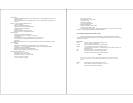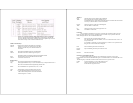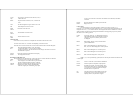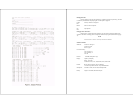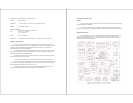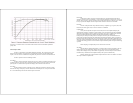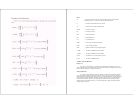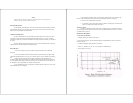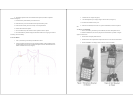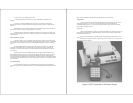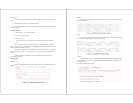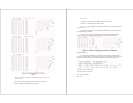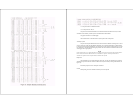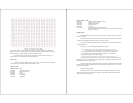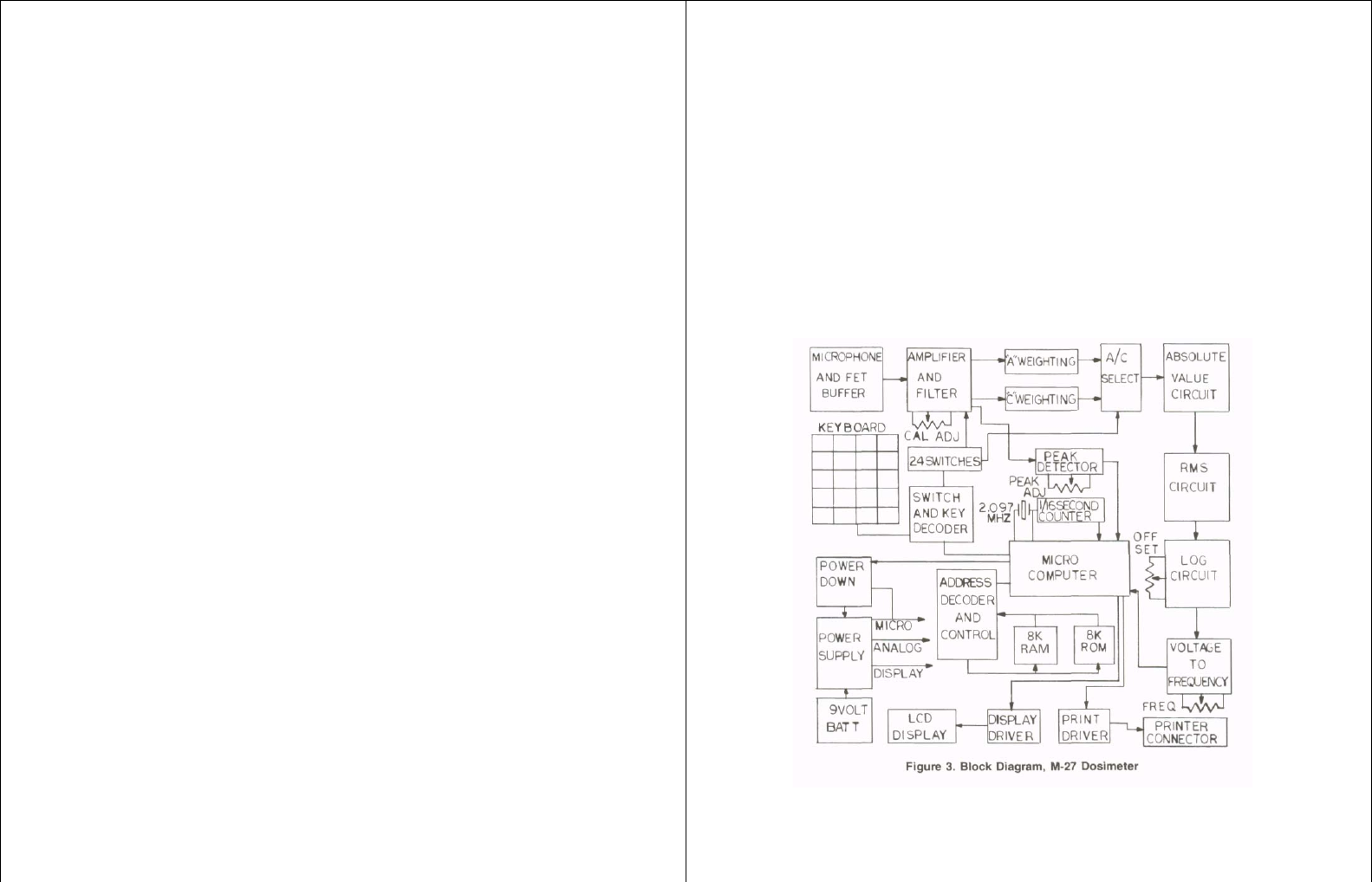
Battery Indicator: 8-hour battery life, 1 week data retention
Calibrator: External calibrator
Temperature: -15° to 50°C operating; -40° to 60°C storage (battery removed).
Humidity: 0 to 95% non-condensing
Magnetic Field Effects:
Negligible below 50 Oersteds at 50 to 60 Hz
Size: 5 ½ x 2 ¾ x 1 3/8 inches
(140 x 70 x 40 mm)
Weight: 14 ounces (400 grams)
Construction: Cast aluminum housing with tamper-, water-, and dust-resistant security cover.
GENERAL DESCRIPTION
The microprocessor based M-27 Noise Logging Dosimeter can be used as a personal noise
dosimeter, an area monitor, and as a noise survey instrument. It can be used to check compliance with the
requirement of the Occupational Safety and Health Administration (OSHA), or as a community or
Department of Defense noise logging dosimeter.
The M-27 simultaneously monitors multiple noise functions for 3 separate dosimeters as well as
sound, peak, and maximum levels, and run, pause, upper limit, and real or elapsed times. It also stores,
displays, and prints out data for 16 different events.
The readings can be taken at any time without destroying or resetting the data. Even turning the
unit off will not destroy the internal memory.
A water- and dust-resistant cover protects the unit from the elements and against tampering.
The unit is small enough to be placed in a shirt pocket or on a belt with the microphone clipped to
the shirt collar or on the shoulder. The microphone can be attached to a bracket for use as a sound level
meter. Or the unit can be mounted on a tripod for area surveys.
The M-27 is powered by a single 9-volt transistor battery with an 80-hour battery life. A low
battery indication is displayed 8 hours before the end of life of an alkaline battery.
PRINCIPLES OF OPERATION
General
The M-27 Noise Logging Dosimeter uses an 8 mm omnidirectional ceramic microphone buffered
by a high impedance FET input stage.
The electronics utilizes low power circuitry for long battery life, maximum stability, and high
reliability over a wide range of environmental conditions. A block diagram of the M-27 is shown in Figure
3.
Weighting Characteristics
The M-27 has both "A" and "C" weighting characteristics as shown in Figure 4. For OSHA and
most noise measurement requirements, the "A" weighting should be used. The "A" weighting has a
response similar to the human ear. The "C" weighting is used for measuring noise reduction in hearing
protectors and for other scientific purposes.



